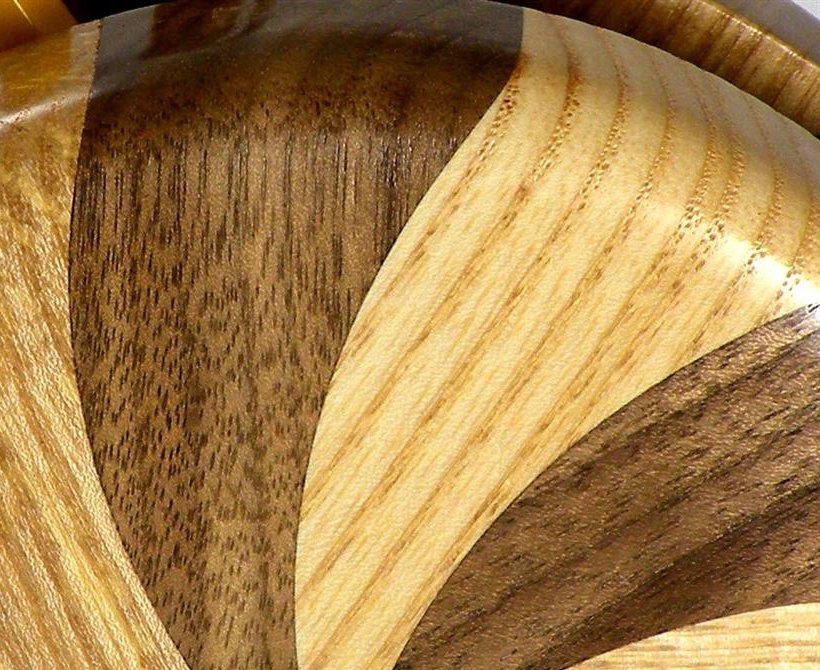segovia
Established Member
Hi
I have this block of Mahogany , appx 6" * 3" *3"
I want to cut it an half and joint the pieces so I have a piece 3" wide by 6" high with the end grain along the side or to put it another way 6" between the smooth sides.
I have planed both sides and used a scraper to flatten the surfaces, how flat do these surfaces have to be before gluing ?
Block shown is before the cutting in half
I have this block of Mahogany , appx 6" * 3" *3"
I want to cut it an half and joint the pieces so I have a piece 3" wide by 6" high with the end grain along the side or to put it another way 6" between the smooth sides.
I have planed both sides and used a scraper to flatten the surfaces, how flat do these surfaces have to be before gluing ?
Block shown is before the cutting in half




































